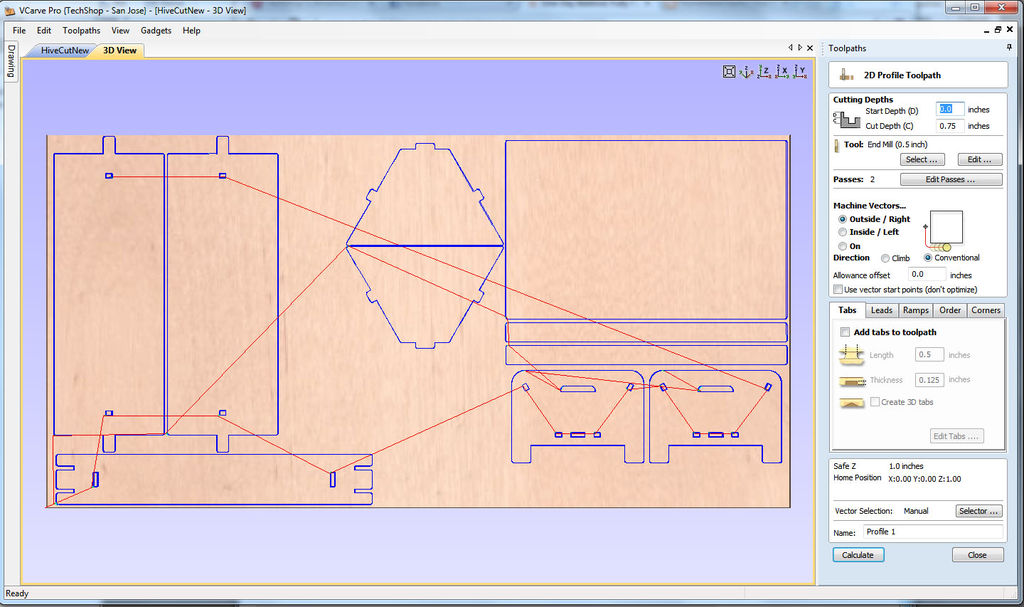
Wireshark Tutorials as Supplemental Material The repository also contains PDF files of slides used for the workshop videos. Pcaps used for these Wireshark Workshop videos are available at this GitHub repository. Future videos will focus on traffic from specific families of Windows-based malware, and some will cover traffic from other malicious activities like phishing websites. These videos are designed to be watched sequentially, starting with “Part 1: Introduction and Prerequisites.” After Part 1, each workshop video builds on material covered in the previous video(s).Īs the opportunity arises, I will create more Wireshark Workshop videos. Part 5: Introductions to Windows Malware Infections - 39 minutes and 11 seconds Part 4: Non-Malicious Activity - 45 minutes and 38 seconds Part 3: Host Identification - 30 minutes and 19 seconds Part 2: Setting Up Wireshark - 23 minutes and 36 seconds Part 1: Introduction and Prerequisites - 14 minutes and 5 seconds The following are the first five videos of our Palo Alto Networks Unit 42 Wireshark Workshop: Due to this setback, we want to announce an initial series of video tutorials developed to replicate most aspects of these formerly in-person workshops.

Since early 2020, travel restrictions due to COVID-19 (the coronavirus) have halted these in-person workshops. My in-person workshops were designed to help people in information security roles use Wireshark to review traffic from Windows-based malware infections.

Since 2018, I have written various Wireshark tutorials and conducted in-person workshops at conferences across the globe. My stream URL for the Manta SRV201HD was rtsp://192.168.1.133:554/ch0_0.Wireshark is a tool used to review packet captures (pcaps) of network activity. I have used the Wireshark.įilter with ip.proto=RTP and scroll around.There should be URL beginning with rtsp:// somewhere in the info column. So I needed to get it from the live stream in the web interface.

RTSP stands for Real Time Streaming Protocol and it is the standard way the IP cameras stream their image. I needed the stream to embed it for example into my own app. It worked perfectly but that was not the way I intended to use it.

I did it on some disposable VM because I did not wanted to litter my system (it is enough that the camera is probably calling China to feed the image to the mobile app). To see the stream I had to install some OCX component. Enter local WIFI SSID and password and reset. I’ve connected to the camera WIFI using my laptop (it spreads a technical wireless network with some cryptic SSID) and went to the web interface (to check the camera IP you will have to go to the router DHCP table or use some WIFI sniffing tool). I’ve tired and run away from the store seeing the permissions it needed to install: Manual describes the configuration over an Androind/iOS app. Nice, small, with a decent built and superb cost-effectiveness.


 0 kommentar(er)
0 kommentar(er)
